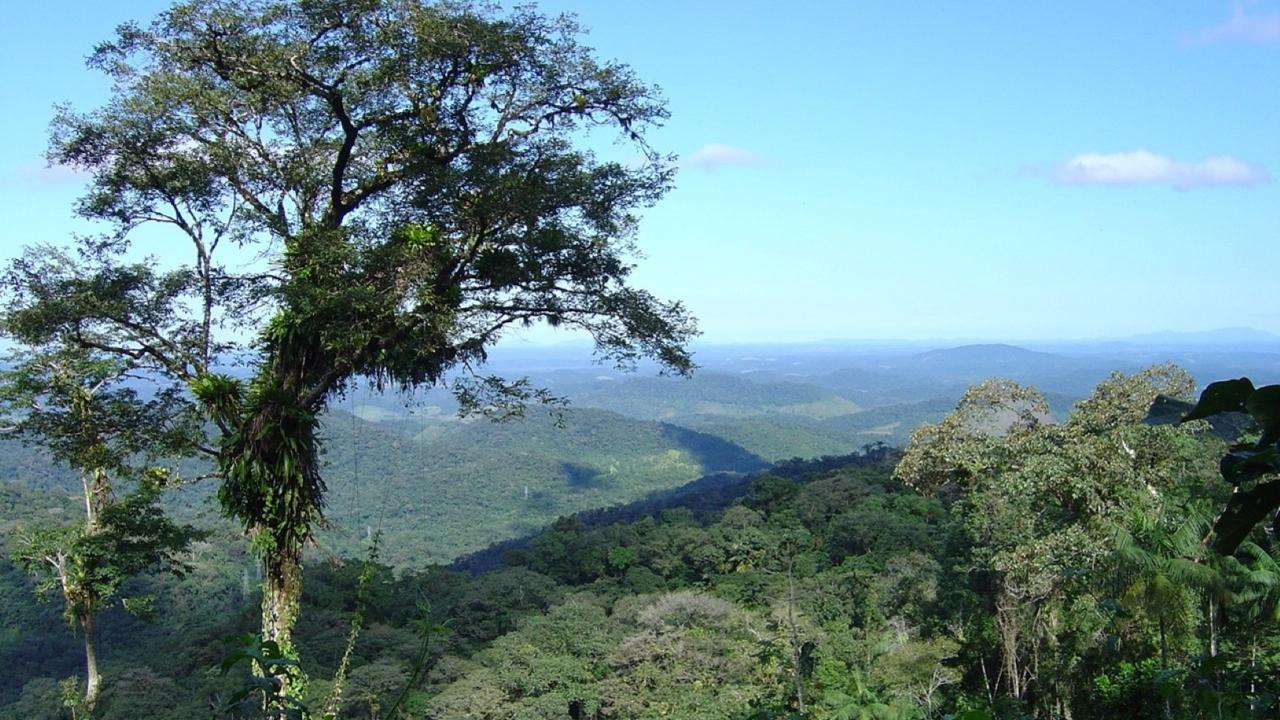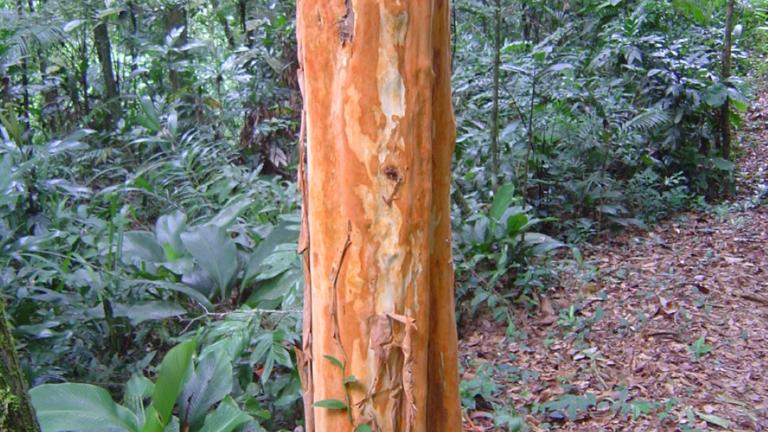
Brazilian ecologist passionate about tropical forests, with special emphasis on the patterns and processes related to their structure and diversity. His main research interests include quantitative community ecology, the taxonomic, functional and phylogenetic diversity of tree species and the ecology, succession and restoration of tropical forests.
Keywords
Tropical forests, plant ecology, community ecology, forest restoration, biological conservation
Researchinterests
My current research is mainly focused on understanding the natural and human-related drivers of forest structure and diversity, which I investigate using data from the Neotropical Tree Communities database (TreeCo).


Currenttopics
Atlantic forest, Community ecology, Ecology, Forest ecology, Forest restoration, Succession, Tropical forest ecology
Keypublications
- Lima, R.A.F, Oliveira, A.A., Colletta, G., Flores, T.B., Coelho, R.L.G., Dias, P., Frey, G.P.; Iribar, A.; Ricardo Ribeiro Rodrigues, R.R.; Souza, V.C. & Chave, J. 2018. Can plant DNA barcoding be implemented in species-rich tropical regions? A perspective from São Paulo State, Brazil. Genetics and molecular biology 41(3): 661-670.
- Marjakangas, E.L.; Genes, L.; Pires, M.M.; Fernandez, F.A.; Lima, R.A.F.; Oliveira, A.A., Otso Ovaskainen, O., Pires, A.S.; Prado, P.I. & Galetti, M. 2018. Estimating interaction credit for trophic rewilding in tropical forests. Philosophical Transactions of the Royal Society B 373(1761): 20170435.
- Brancalion, P.H., Bello, C., Chazdon, R.L., Galetti, M., Jordano, P., Lima, R.A.F., Medina, A.; Pizo, M.A. & Reid, J. L. 2018. Maximizing biodiversity conservation and carbon stocking in restored tropical forests. Conservation Letters 11(4): e12454.
- Lima, R.A.F.; Muller-Landau, H.C.; Prado, P.I.; Condit, R. 2016. How do size distributions relate to concurrently measured demographic rates? Evidence from over 150 tree species in Panama. Journal of Tropical Ecology, v. 32, p. 1-14.
- Lima, R.A.F.; Mori, D.P.; Pitta, G.; Melito, M.O.; Bello, C.; Magnago, L.F.; Zwiener, V.P.; Saraiva, D.D.; Marques, M.C.M.; Oliveira, A.A.; Prado, P.I. 2015. How much do we know about the endangered Atlantic Forest? Reviewing nearly 70 years of information on tree community surveys. Biodiversity and Conservation, v. 24, p. 2135-2148.
- Lima, R.A.F.; Batista, J.L.F.; Prado, P. I. 2015. Modeling tree diameter distributions in natural forests: An evaluation of 10 statistical models. Forest Science, v. 61, p. 320-327.
- Bello, C.; Galetti, M.; Pizo, M.A.; Magnago, L.F.S.; Rocha, M.F.; Lima, R.A.F.; Peres, C.A.; Ovaskainen, O.; Jordano, P. 2015. Defaunation affects carbon storage in tropical forests. Science Advances, v. 1, p. e1501105-e1501105.
- Lima, R.A.F.; Prado, P.I.; Martini, A.M.Z.; Fonseca, L.J.; Gandolfi, S.; Rodrigues, R.R. 2013. Improving methods in gap ecology: Revisiting size and shape distributions using a model selection approach. Journal of Vegetation Science, v. 24, p. 484-495.
- Lima, R.A.F.; Rother, D.C.; Muler, A.E.; Lepsch, I.F.; Rodrigues, R.R. 2012. Bamboo overabundance alters forest structure and dynamics in the Atlantic Forest hotspot. Biological Conservation, v. 147, p. 32-39.
- Lima, R.A.F.; Oliveira, A.A.; Martini, A.M.Z.; Sampaio, D.; Souza, V.C.; Rodrigues, R.R. 2011. Structure, diversity, and spatial patterns in a permanent plot of high Restinga forest in Southeastern Brazil. Acta Botanica Brazilica, v. 25, p. 633-645, 2011.
- Rodrigues, R.R.; Lima, R.A.F.; Gandolfi, S.; Nave, A.G. 2009. On the restoration of high diversity forests: 30 years of experience in the Brazilian Atlantic Forest. Biological Conservation, v.142, p. 1242-1251.
- Lima, R.A.F.; Martini, A.M.Z.; Gandolfi, S.; Rodrigues, R.R. 2008. Repeated disturbances and canopy disturbance regime in a tropical semi-deciduous forest. Journal of Tropical Ecology, v. 24, p. 85-93.
- Lima, R.A.F. 2005. Gap size measurement: the proposal of a new field method. Forest Ecology and Management, v. 214, n.1-3, p. 413-419.